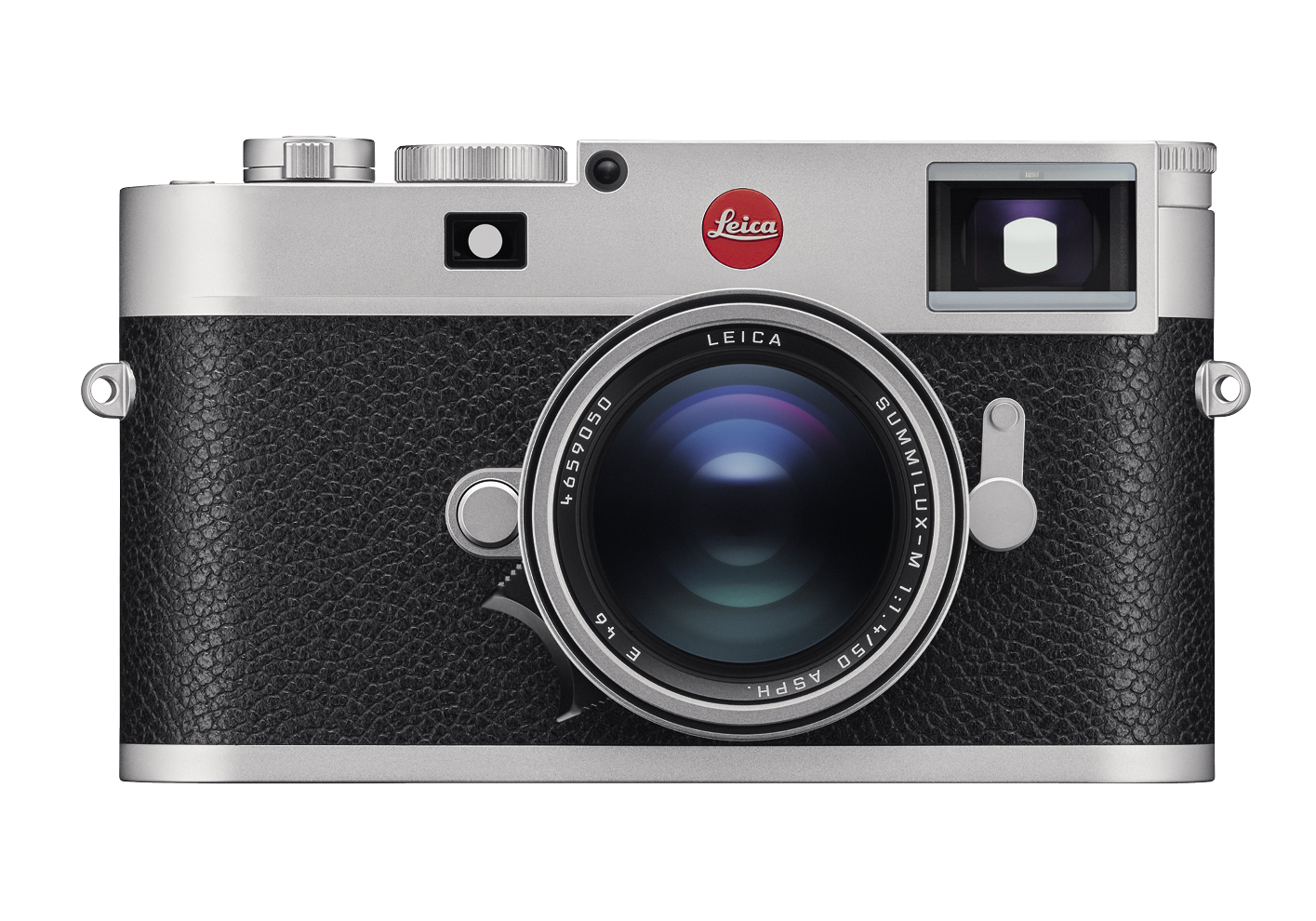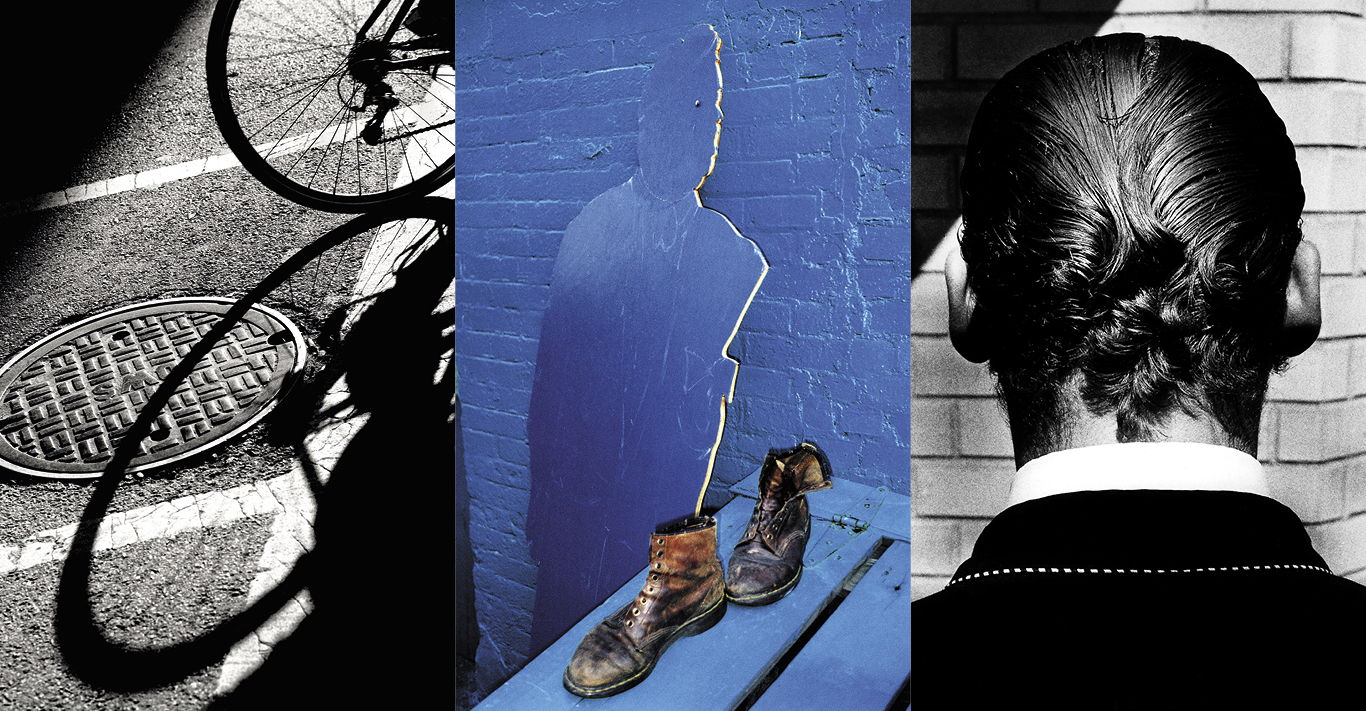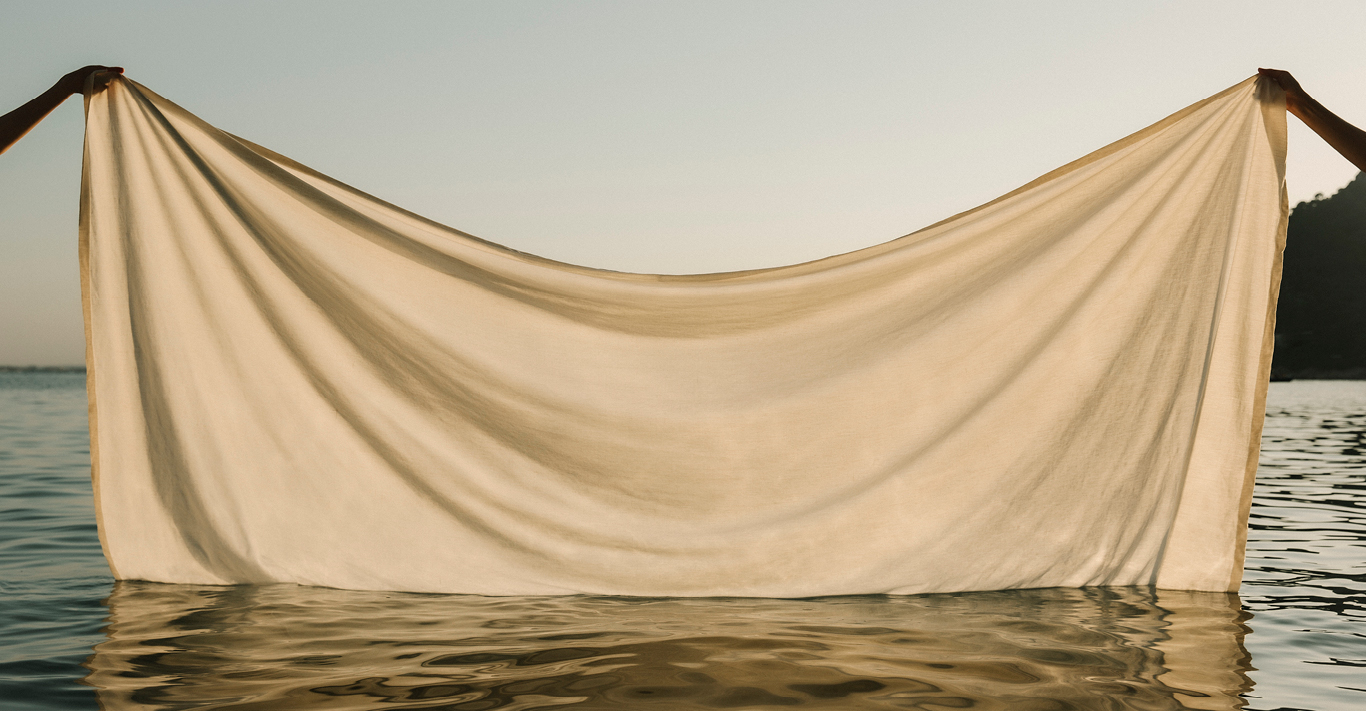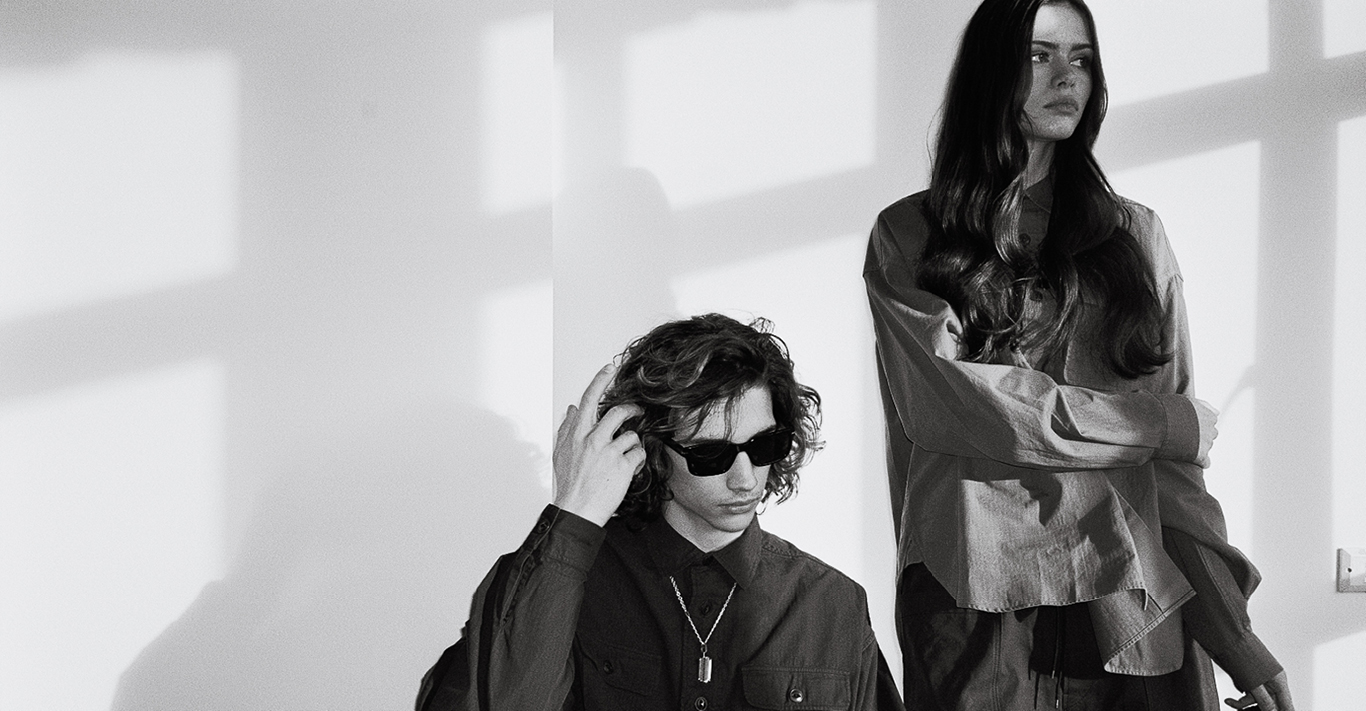WORDS
Peter Howarth
‘More great pictures have been taken with a Leica M and a 50mm lens than any other camera combination.’ So said legendary photographer Ralph Gibson last November on the occasion of his receipt of the Leica Hall of Fame Award 2021, which is part of the LOBA (Leica Oskar Barnack Award) programme. He challenged anyone sitting in the audience at the firm’s HQ in Wetzlar, Germany, to contradict the statement. Nobody did.
Gibson, now 83 years old, is still taking pictures, still creating. His career has been long and productive. He famously assisted both Dorothea Lange and Robert Frank before finding his own “voice”, abandoning an initial conviction that photojournalism and reportage was his calling, and instead opting to pursue a more artistic route.
And throughout most of the years his camera of choice was a Leica M film camera with a 50mm lens, a set-up with which he produced many great images. Then, of course, things went digital.

‘I resisted digital for ages,’ says Gibson. ‘Then one day Leica gave me a digital M Monochrom camera, one that only shoots black-and-white, and urged me to try it. I took one frame in the street, of a manhole cover at the moment a bicycle rode past it. When I looked at the result I thought, “That looks like it could have been taken by me”. I’ve not used a film camera since.’
Ralph Gibson is therefore the perfect example of a Leica photographer who has been on the same technological journey as the German camera- and lens-maker. A journey that has seen a change in the functionality of a Leica, but not the spirit. And it is this spirit that lies at the root of the appeal of these famous devices.
Today, if someone uses the generic term “Leica”, what they are almost certainly referring to is the Leica M series. Launched in 1954, the first Leica M camera was the M3, and this, with its pared-down looks and compact, portable versatility, perfectly embodies the qualities that have been the foundation of Leica’s success ever since.
Lovers of the M are many and include not only legendary photographers such as William Klein, Garry Winogrand and Henri Cartier- Bresson (the pioneering street photographer who used a standard M3, no doubt appreciative of the discretion it afforded), but also car designers such as Andrea Zagato and Walter de Silva of Audi and VW. De Silva even created a special Leica, the M9 Titan, as a collaborative project, as did Jonathan Ive, Apple’s former chief design officer, who in partnership with his friend and business partner, designer Marc Newson, developed a one-off camera to be auctioned for charity – the Leica M (Red).

The M has forged its reputation as the epitome of the firm’s contribution to the art and practice of photography, which was the introduction of compact cameras to replace the huge kit that preceded these. A precision engineer and keen amateur photographer at the Leitz company (as Leica was originally called) named Oskar Barnack developed the idea of a ‘small film camera’, which he designed so that a small negative could produce a large print. He came up with the idea of using cine film stock (35mm).
Some half a century later Leica responded to the shift to digital by incorporating new technology but preserving the key aspects of its cameras: the manageable size and simplicity. And of course, the quality of the images captured through the precision lenses, many of which are made at the company’s German HQ, and still require a lot of hand-work.
In January this year, the company launched the latest in the M series, the M11. A side-by-side comparison between this and the original M3 reveals that despite the changes in technology required to move from analogue to digital, there is an astonishing resemblance, and the size variation is a matter of mere millimetres.
However, the new Leica M11 is a very different animal from the original, and also an evolution of the M10 and M10-P and M10-R that preceded it. With a 60MP BSI CMOS sensor, a lighter-weight body, plus a more accessible battery and a USB-C socket, the M11 feels like a good blend of new tech and established M functionality. It is undoubtedly a sophisticated tool, with excellent electronics, optics and mechanics, but Leicas have always prided themselves on being intuitive to operate – all the M11’s settings are operated by three buttons on its rear. With minimal understanding of the basics of ISO, shutter speed, aperture and focus, Leica says users will ‘find its manual operation barely more challenging than taking pictures with a smartphone’.
I have a feeling Ralph Gibson would agree. In fact, as well as his Lifetime Achievement gong, he was also awarded Leica Picture of the Year 2021 for a colour shot he took of a boat, using a Leica M11.
The Leica M11 from £7,500 for the camera body; leica.com
©Ralph Gibson, Leica Hall of Fame Award 2021, Wetzlar 2021





